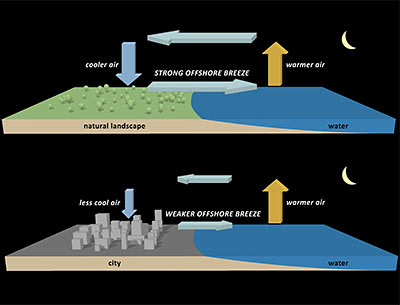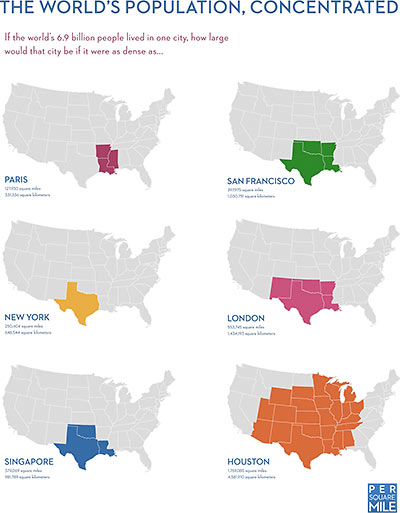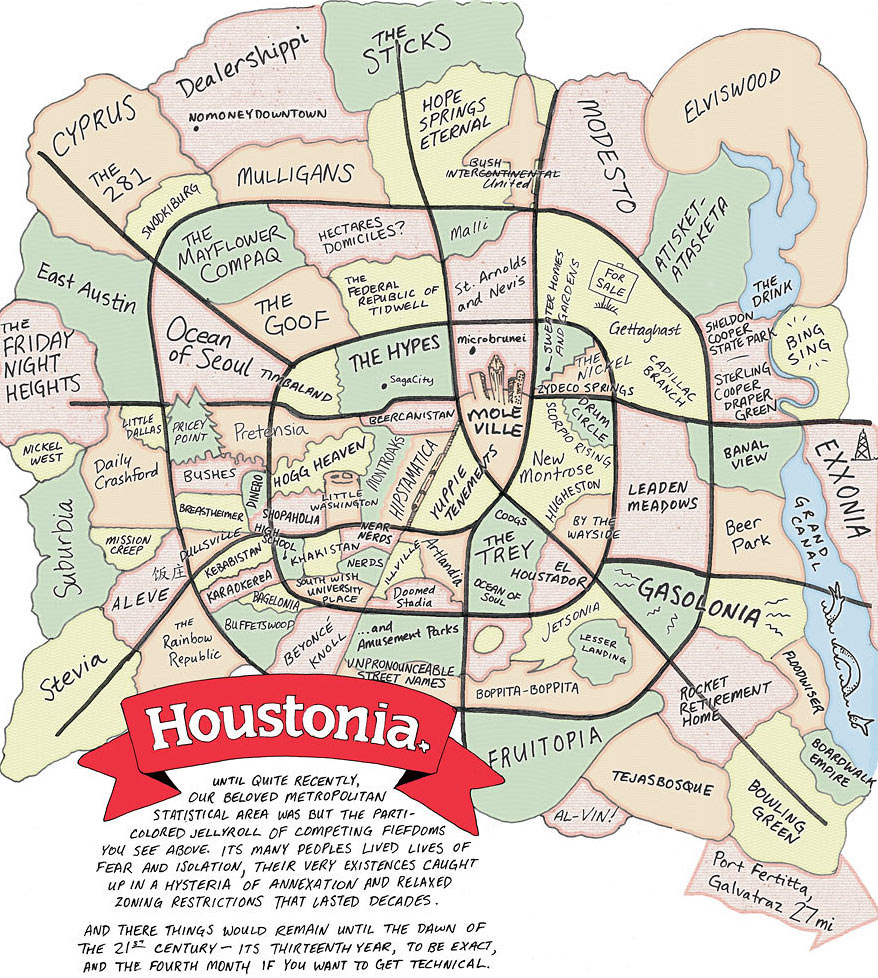
This is a Houston that no one’s ever seen: The lines in the swamp have been drawn for new monthly magazine Houstonia’s inaugural issue, which landed on newsstands last Thursday. This map’s “competing fiefdoms” suggest what’s really happening here: Those of you north of I-10 are now making a home in “The Hypes.” And that up-and-coming former industrial wasteland east of Downtown’s been dubbed “New Montrose.” West of the Galleria? That’s “Breastheimer.” South of I-10 near Memorial Park and the Loop is “Hogg Heaven” and “Pretensia,” just east, of course, of the mansions in “Pricey Point.” And Midtown’s been divided by the light rail, split into West “Hipstamatica” and East “Yuppie Tenements.”
- Fiefs to Watch Out For [Houstonia]
- Previously on Swamplot: Heights Blvd. House of Houstonia
Drawing: Dan Derozier



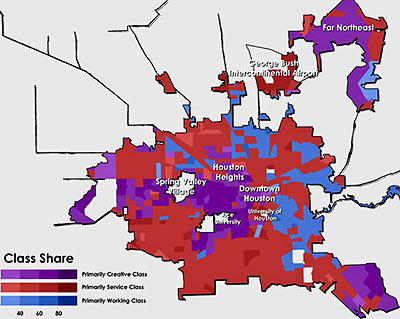
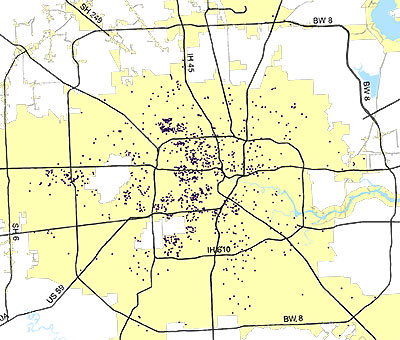

 A 3-month-old website that aims to collect and broadcast detailed information about existing buildings — including photos, square footage counts, ownership and management contacts, projects and renovations, and LEED certification levels — opened its catalog of Austin, Dallas, and Houston commercial and mixed-use structures this week.
A 3-month-old website that aims to collect and broadcast detailed information about existing buildings — including photos, square footage counts, ownership and management contacts, projects and renovations, and LEED certification levels — opened its catalog of Austin, Dallas, and Houston commercial and mixed-use structures this week. 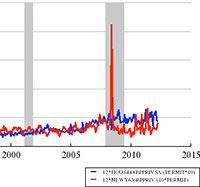 “The New York Metro areas has more than 3 times as many workers as the Houston metro area,” notes UNC professor and Forbes economics blogger Karl Smith after looking at a bunch of graphs, “but can’t keep up with the pace at which Houston is permitting new housing.” One of the several charts Smith assembled from Federal Reserve data shows that
“The New York Metro areas has more than 3 times as many workers as the Houston metro area,” notes UNC professor and Forbes economics blogger Karl Smith after looking at a bunch of graphs, “but can’t keep up with the pace at which Houston is permitting new housing.” One of the several charts Smith assembled from Federal Reserve data shows that  Zip Code maps, super neighborhood maps, crime maps, city boundary maps — if there’s a city-produced map of Houston you’re looking for, you’ll find it at
Zip Code maps, super neighborhood maps, crime maps, city boundary maps — if there’s a city-produced map of Houston you’re looking for, you’ll find it at 
